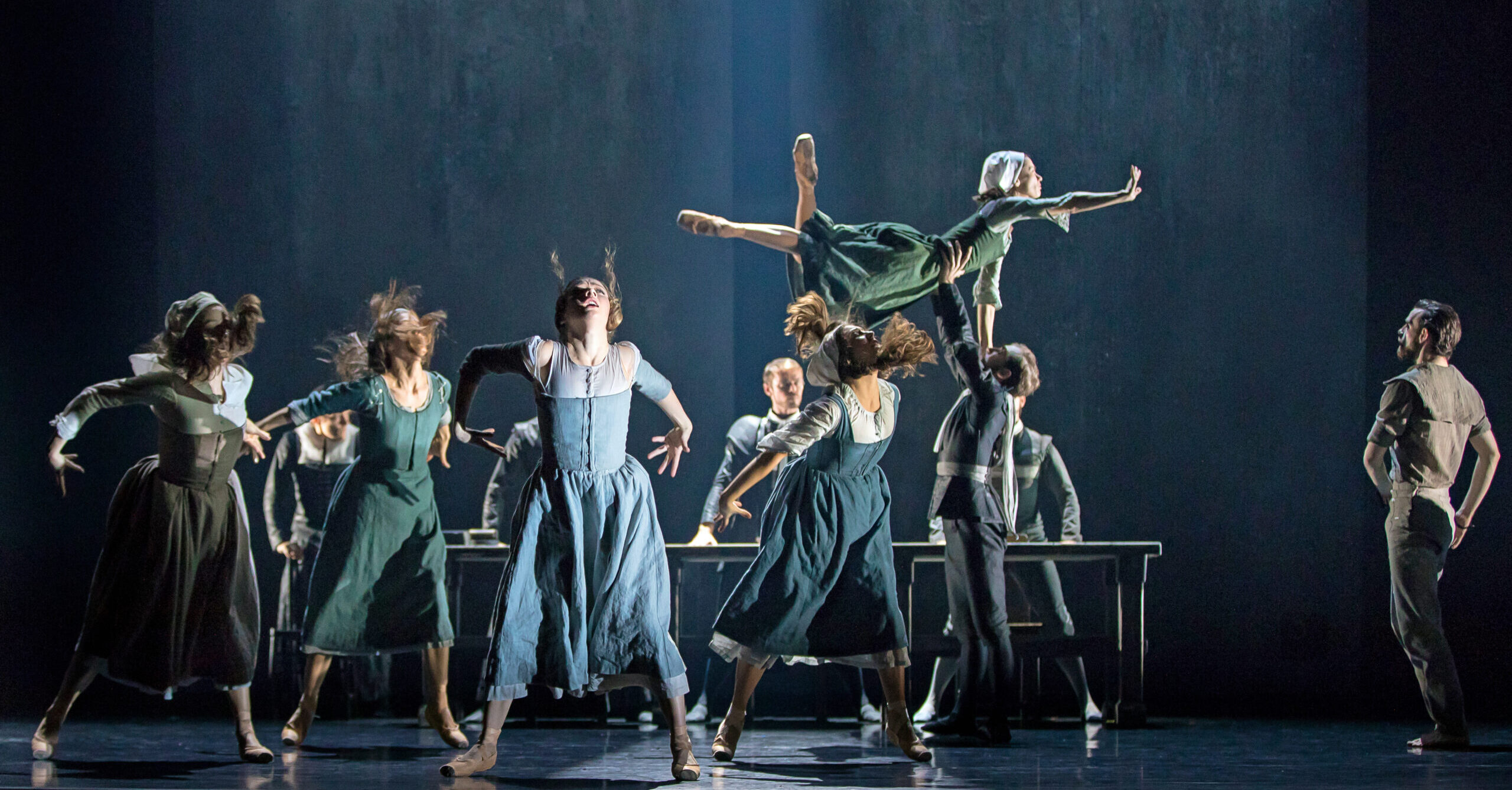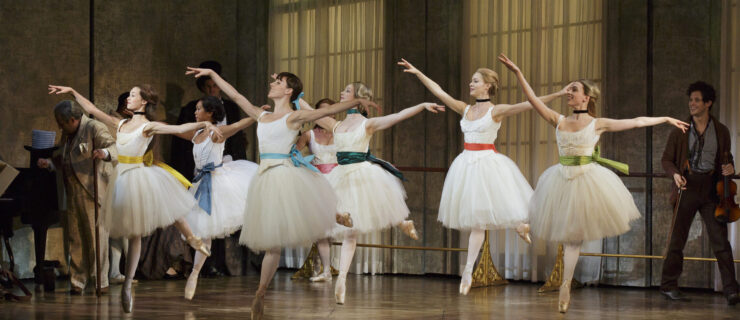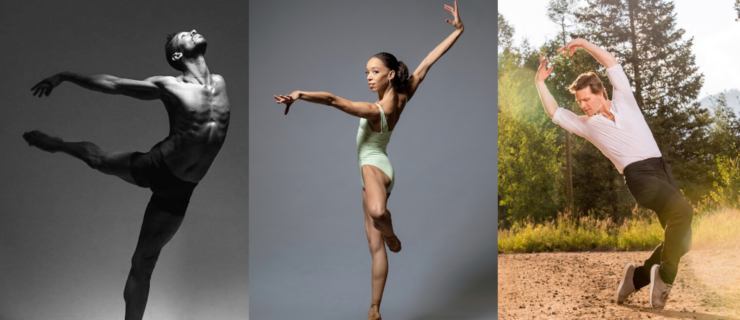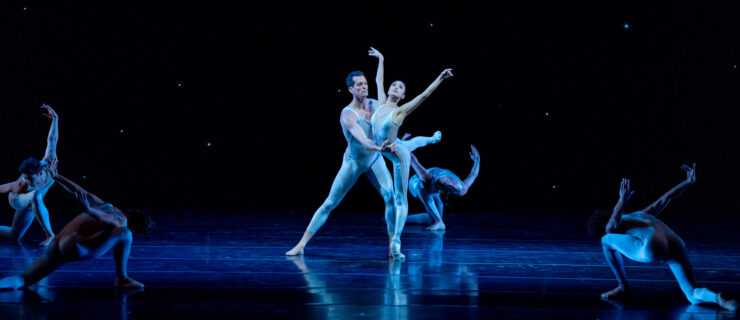Scottish Ballet Tours Helen Pickett’s The Crucible to the U.S., Bringing Miller’s Tale to Its Home Soil
You’ve likely heard of Arthur Miller’s 1953 play The Crucible from high school. But the weighty story has also come to life through various artistic iterations, from live theater to film and even ballet. This month, Scottish Ballet tours Helen Pickett’s The Crucible to the U.S., performing at Nashville’s Tennessee Performing Arts Center May 19 and 20, Washington, DC’s Kennedy Center May 24 to 28, and Charleston’s Spoleto Festival USA June 2 to 4.
Miller’s The Crucible, a partially fictionalized work, offers a political commentary crossing centuries. It tells the story of the Massachusetts Bay Colony’s 1692–93 Salem witch trials and how they wracked its once-unified Puritan community. Scottish Ballet debuted Pickett’s full-length The Crucible in 2019. With artistic advising by James Bonas, music by Peter Salem, lighting by David Finn, and costume and set design by Emma Kingsbury, the ballet has since become a staple of the company’s repertoire.
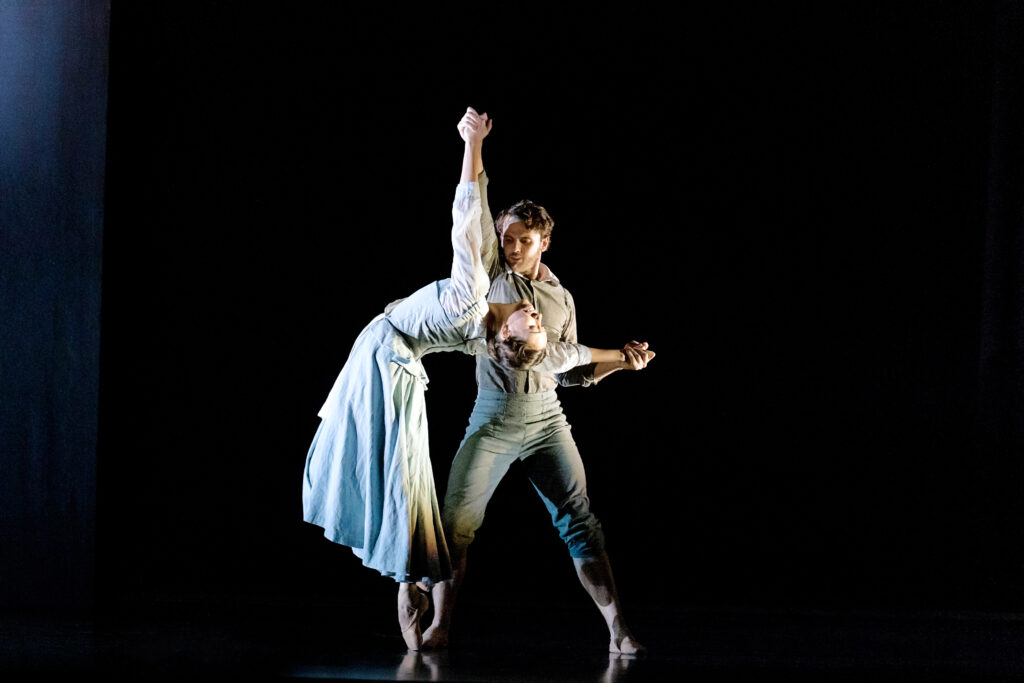
Pointe spoke with Pickett to learn more about her version of The Crucible, its relevance to U.S. audiences, and more.
This ballet has had quite the trek getting to the U.S. Could you walk us through that?
The whole journey started with Scottish Ballet under the direction of Christopher Hampson, who’s a dear friend of mine. I’d made a one-act Crucible for the company in 2014, and almost directly after that Chris said it should be a full-length. I said, “Right, let’s do it.”
I started working on the full-length Crucible in 2018. It was going to have its Glasgow premiere that fall, but we had the opportunity to show previews of it at the Theatre Royal Glasgow before its world premiere at the Edinburgh International Festival in summer 2019. It got a UK Theatre Award in Achievement in Dance, and it got an Angel Award from The Herald in the same week it opened—at the time, I didn’t know that was unheard of, but apparently it was! We were going to premiere it at The Kennedy Center in May 2020, but the pandemic caused a three-year delay. Now we’re here, and I’m just thrilled!
How did you turn such a heavy text into a ballet?
As a female choreographer, I want to tell stories that have strong, meaty roles for women. Courage is a big catalyst in why I choose a story to tell, and The Crucible is filled with that moxie.
I’ve known Scottish Ballet intimately; a lot of the dancers I worked with for Crucible I’ve known for a number of years, and that’s always a great pleasure. Artistically, we were a fortuitous team. We are at heart storytellers for a contemporary era, so to incite life in the audience is a goal for me. I’m not interested in people sitting in their seats; I’m interested in people sitting at the edge of their seats.
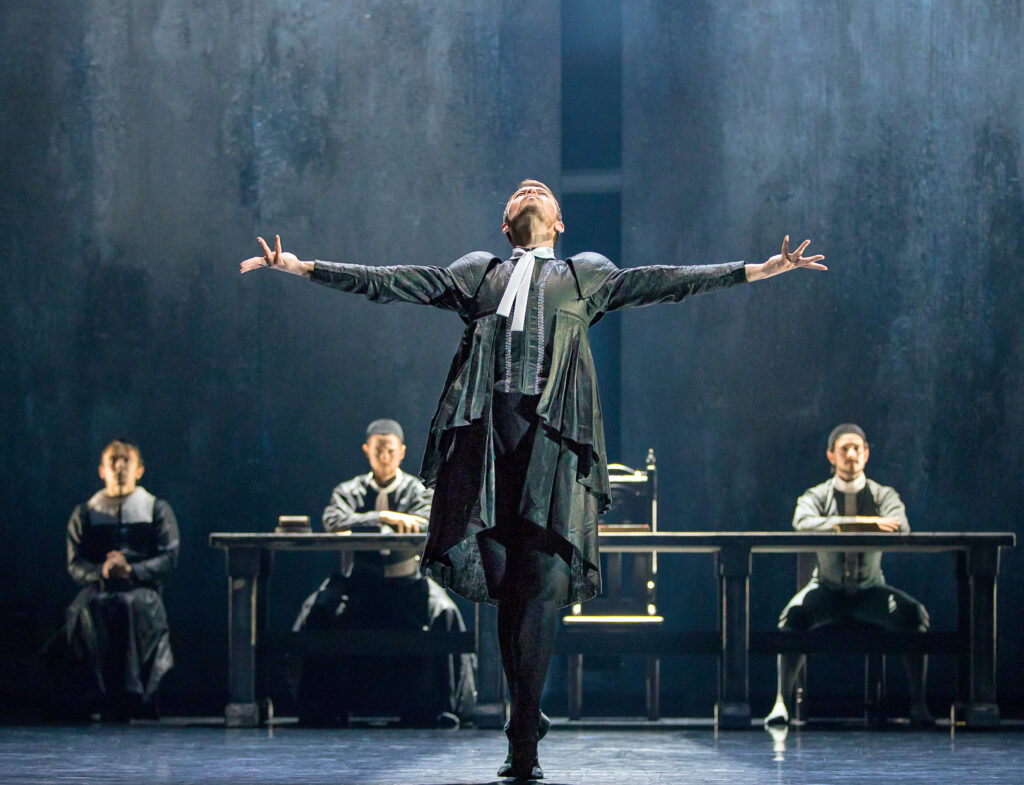
What might we expect the ballet to look like?
You’ll see the finger-pointing, but you’ll see the courage of Elizabeth Proctor. You’ll see the courage (and cowardice) of John. I chose to make the Men of God, as I call them, a kind of policing group. Very often, you’ll see them swarm the stage, heavy-handed in their power. And there’s a one-ton wall, with a negative-space cross in the middle, that sets the scene. It does more than that, but I won’t spoil.
I’ve also added scenes that were only mentioned in the play. For example, I show the dance in the forest, and I show John’s affair with Abigail—and Elizabeth catching them.
The Crucible has become a staple for Scottish Ballet. Why do you think that is?
Because it hits us every single time. Miller wrote The Crucible during the 1950s Red Scare, but it’s really an every-time story. It has themes that we are dealing with right now, and things we’ll continue to deal with—repression, accusation, superstition, fake news. There are umpteen correlations with our present experience. And that is a mark of a great story.
This will be the first time I’ll see Crucible without having coached it first. But it is deeply rooted in the company. And, I mean, there’s nothing like a good story for the dancers to dig into.
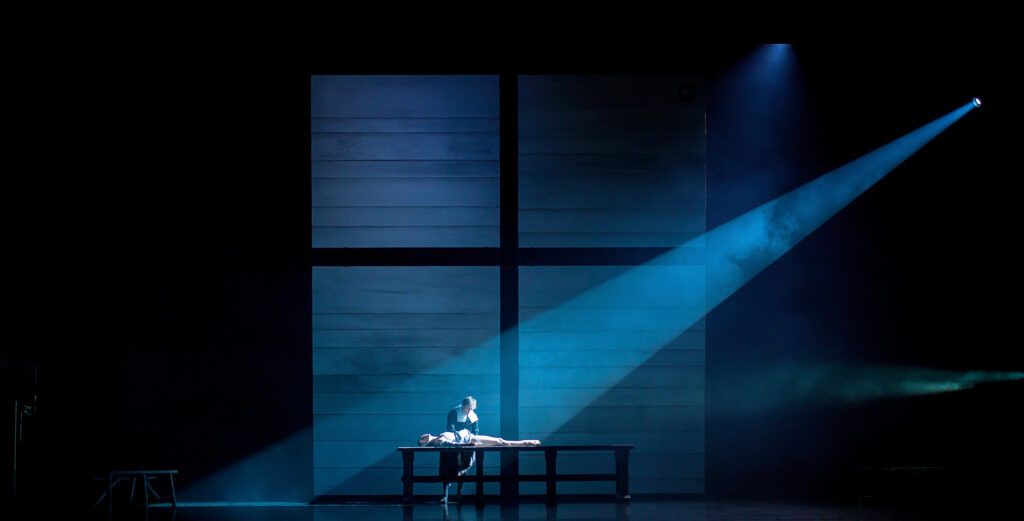
What is the significance of telling this story through ballet?
For one, it’s part of our education as high school students. Miller is also an American playwright, and the story is deeply rooted in our American history. It’s real history, this cycle of murdering women. If the story wasn’t told, people would hide it.
Dance has a visceral quality that can break the fourth wall with the emanation and flow of physical energy—it lands on our skin. That is the power, I believe, that dance has with these great tenets like those in The Crucible. The physical form can tell such strong, juicy stories. It’s just a matter of how to get in there.
